Investigating the commercial landscape of women’s football and why it's in better shape than ever
The Independent takes a closer look at the sponsors, agents and players that have helped bring new commercial success to the women's game
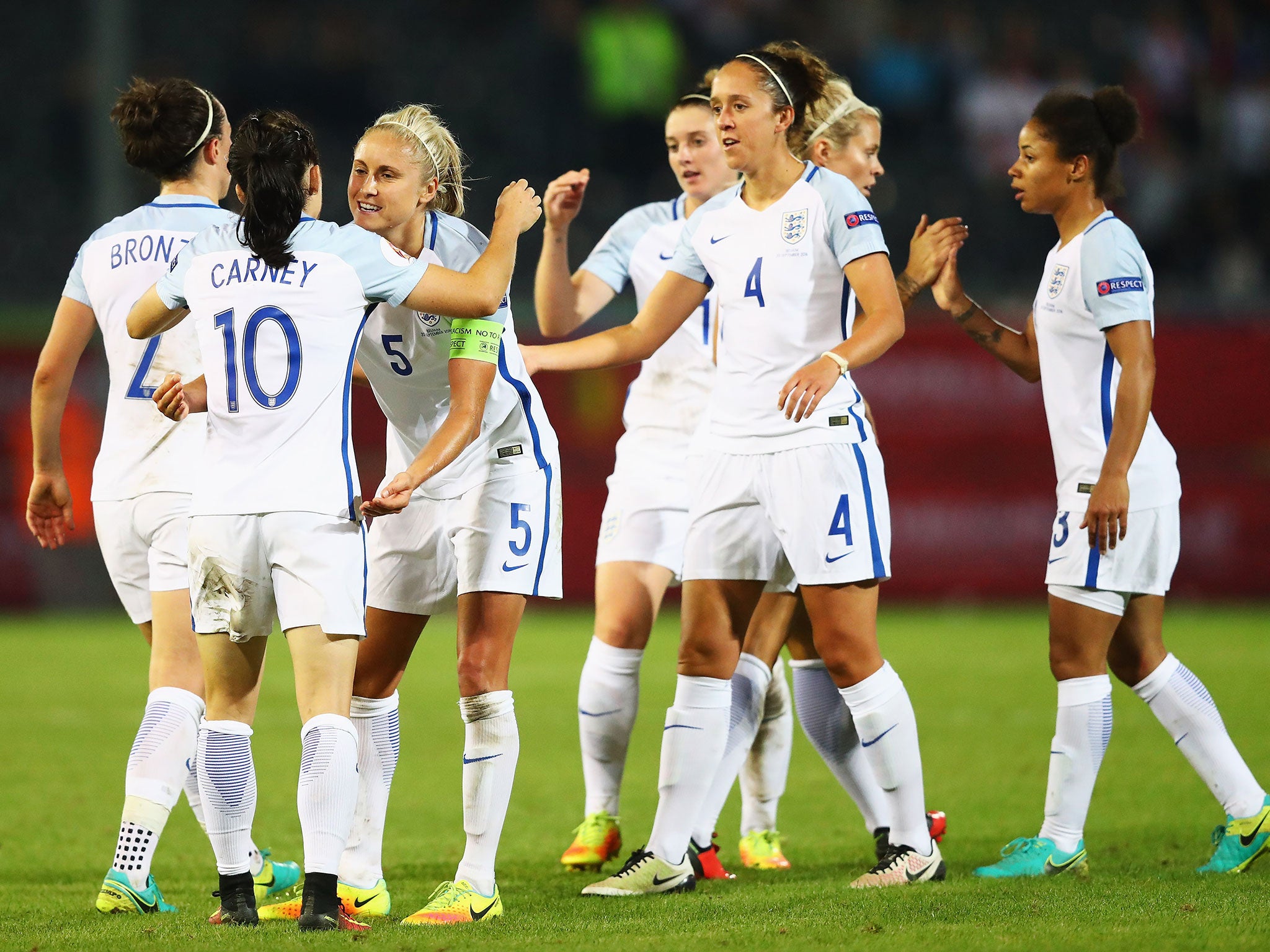
Your support helps us to tell the story
From reproductive rights to climate change to Big Tech, The Independent is on the ground when the story is developing. Whether it's investigating the financials of Elon Musk's pro-Trump PAC or producing our latest documentary, 'The A Word', which shines a light on the American women fighting for reproductive rights, we know how important it is to parse out the facts from the messaging.
At such a critical moment in US history, we need reporters on the ground. Your donation allows us to keep sending journalists to speak to both sides of the story.
The Independent is trusted by Americans across the entire political spectrum. And unlike many other quality news outlets, we choose not to lock Americans out of our reporting and analysis with paywalls. We believe quality journalism should be available to everyone, paid for by those who can afford it.
Your support makes all the difference.Both on the pitch and off, women’s football in England has never been better.
On the pitch, England is set to face host country the Netherlands, tonight in the semi-finals of the women’s Euros. This comes off the back of a third place finish in the last major tournament, the 2015 World Cup.
Off the pitch, FA WSL attendance is at an all-time high and there is increasingly more investment from sponsors in the sport and in the players.
However, just because commercial opportunities are better now than a few years ago, when it was basically nil, what does that really mean for professional football and footballers in England - both now and going forward?
The Independent spoke with sponsors, agents and, crucially, one of England’s best footballers to gauge the evolving commercial landscape of women’s football in this country.
The sponsors
Nike is, by far, the biggest commercial sponsor of women’s football and has been involved in the game since the 1990s when it first began its long-standing partnership with the United States national team.
Claire Parnell at Nike spoke with The Independent about the company’s plans for its women’s football division going forward.
“At Nike, we love and support brilliant football,” Parnell said. “There’s no question brilliant football is being played by women and we support the continued growth of the game. Women’s football is an exciting growth avenue for Nike.

Incredible sporting moments - such as Manchester City Women's FC lifting three major trophies in the past twelve months - and partnerships with elite athletes, clubs, and leagues offer opportunities to inspire and connect with the next generation of players and fans.” Nike also has plans to capitalise on the 2019 Women’s World Cup.
Parnell specifically highlighted Nike’s individual partnerships with a number of Lionesses.
“Steph Houghton has been a Nike athlete since 2014, in which time she has won the FA WSL and FA Cup once and the FA WSL Cup twice, as well as leading England with distinction at the 2015 World Cup and being appointed as a MBE.
“Houghton and teammates such as Toni Duggan remain at the forefront of Nike’s marketing as inspirational athletes who transcend their gender and their sport.”
While Nike is the most prominent sponsor, it is far from the only company that has recognised the positive return on investment that getting involved with women’s football can bring.

In June 2015, SSE entered into a four-year deal in June 2015 with The FA to become the headline sponsor of the women’s FA Cup.
Lisa Parfitt is the managing director of Synergy, a leading sports marketing company and works directly with SSE on its sport sponsorships. Parfitt shared insights with The Independent on how the FA Cup was identified as an ideal vehicle for SSE’s brand.
“The FA separated the rights from the men’s and women’s FA Cups, which opened the door for a sponsor to become the first standalone sponsor of the women's FA Cup, which was a very attractive proposition,” Parfitt said. “This opportunity, which SSE took advantage of, enabled it to have a very strong single-minded message - SSE is the energy behind women's football.
“The deal was concluded prior to the 2015 World Cup and the Lionesses' success at the tournament because whatever the result SSE wanted to make a statement in women's football.”
The partnership was announced prior to the 2015 World Cup, and England’s tournament got off to a shaky start. The squad lost to France in the first group stage match and it took 71 minutes into the second game before Fran Kirby recorded England’s first goal. Of course, the squad took off from there on the way to a third-place finish.
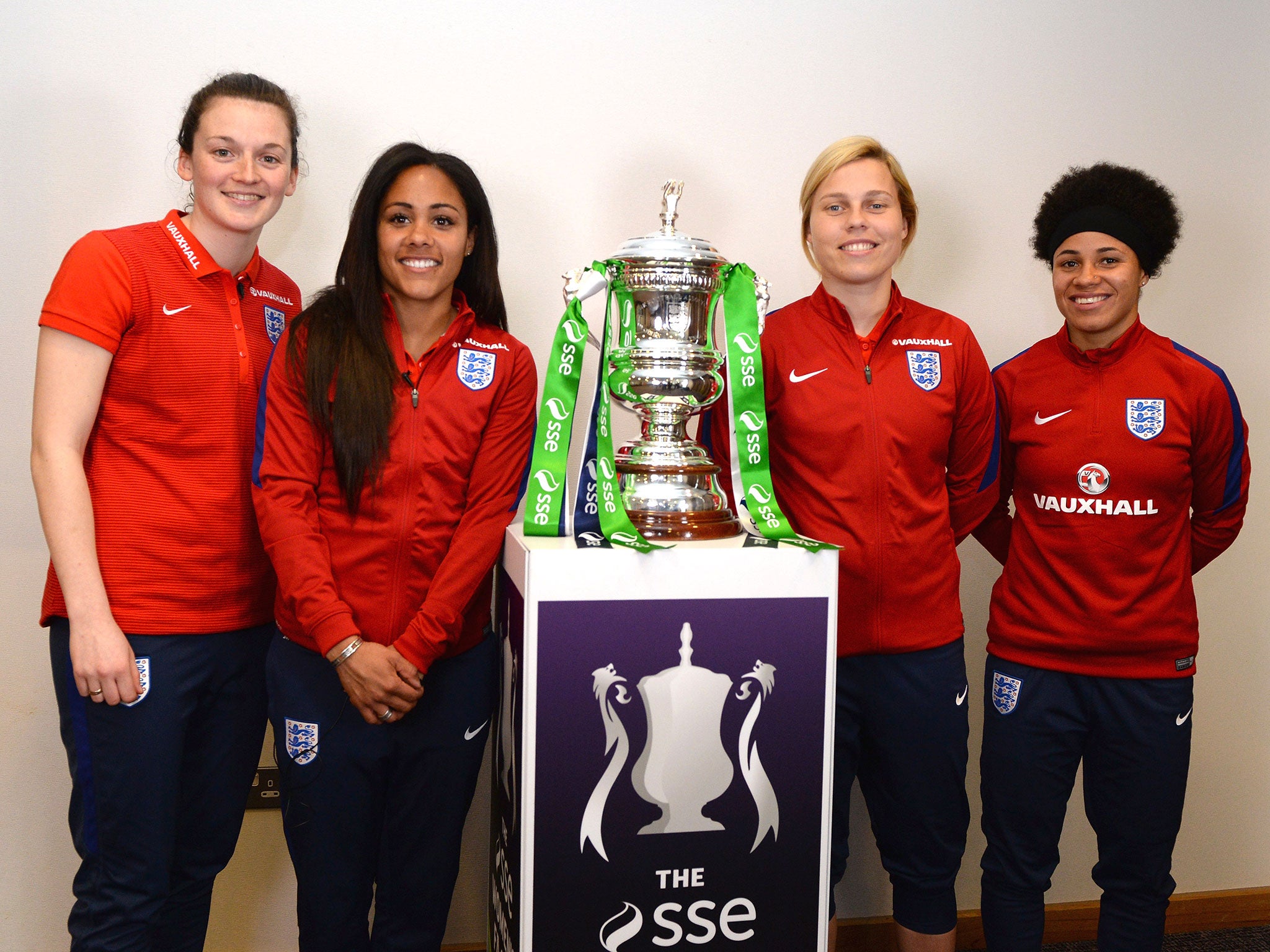
Parfitt explained the decision-making behind the timing of the deal. “The deal was concluded prior to the 2015 World Cup and the Lionesses’ success at the tournament because, whatever the result, SSE wanted to make a statement in women's football.”
This was a bold move that paid off for SSE, as there was no guarantee that England would perform so well and that it would lead to a massive increase in attendance and coverage of women’s club football and, by extension, the FA Cup (the final at Wembley has seen attendance records broken in three consecutive years). In fact, two weeks before the tournament began, England were rated as just the eighth-best squad, based on the betting odds.
Speaking generally about the value proposition for a company to get involved in women’s football, Parfitt said that the sport “is a very powerful message for diversity and inclusion as a brand.”
"There is a very strong brand and economic case for why a brand would sponsor women’s football. One in five women are the main breadwinners in the family. There is a fast growing female economy - women have increased financial stability and, huge buying power – and yet our research shows that women don’t believe they are being represented in brand marketing. Football in particular is a brilliant and powerful metaphor for what women can achieve.”
Parfitt highlights the continued trend of unbundling the rights and sponsorships between the men’s and women’s game as a crucial step towards maximising the commercial potential of women’s football. In addition to SSE focusing exclusively on the women’s FA Cup, Parfitt highlighted the new shirt sponsorship between Liverpool LFC and Avon, which marks a departure from the men’s Standard Charter shirt sponsorship. Parfitt explained that while the commercial potential is there, active engagement by the sponsors is necessary in order to unlock that potential.
The agents
“Commercial opportunity is growing exponentially, especially if you look at where we were even just a few years ago,” said Georgie Hodge, the head of women’s football at Base Soccer.
It is telling that Base, one of the UK’s largest football agencies, have prioritised developing its women’s division. Base has been busy this summer on the men’s side, having been involved in several transfers, most notably moving Kyle Walker from Tottenham to Manchester City in a record-breaking transfer. The transfer fee, reported as an initial £50m plus add-ons, is a world record sum for both an Englishman and a defender. However, the clients participating in the Euros, such as England’s Fran Kirby and Jordan Nobbs, are a major focus for Base and Hodge this summer.
“Back then, female footballers would have been lucky to make appearances with club partners,” Hodge said. “Now, we see players associated with their own partners and sponsors outside of club football.”
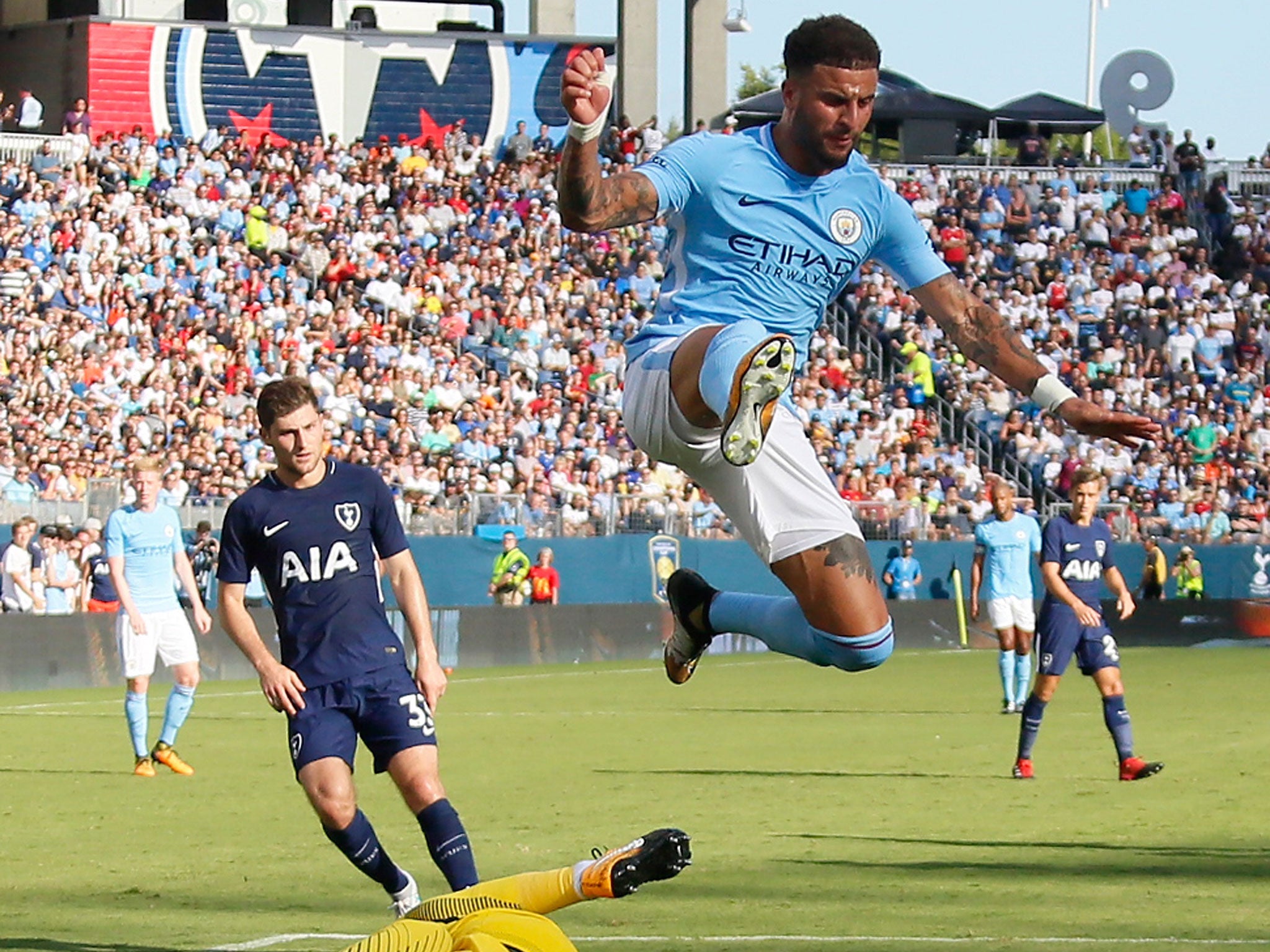
Football is a business, and the women’s game is no different than the men’s game in this respect. Sponsors will only get involved if they are confident in seeing positive returns on their investments.
Sharing her perspective on the commercial landscape, Hodge notes: “in my opinion, what appeals most to brands, commercial partners and sponsors is the ever-growing development of women’s football from grassroots to the highest level. This means opportunities that cater to a wide array of businesses alike.
“Strictly speaking, investors are always looking to find new areas of growth where the rate of return will produce higher margins than, say, an already saturated market. This is precisely what women’s football can offer.”
Indeed, as part of SSE’s partnership with The FA, in addition to being the title sponsor of the FA Cup, SSE is also prominently featured at the grassroots level. In April, the creation of a programme called the SSE Wildcats was announced, which offers opportunities for girls aged 5-11 to enjoy playing football.
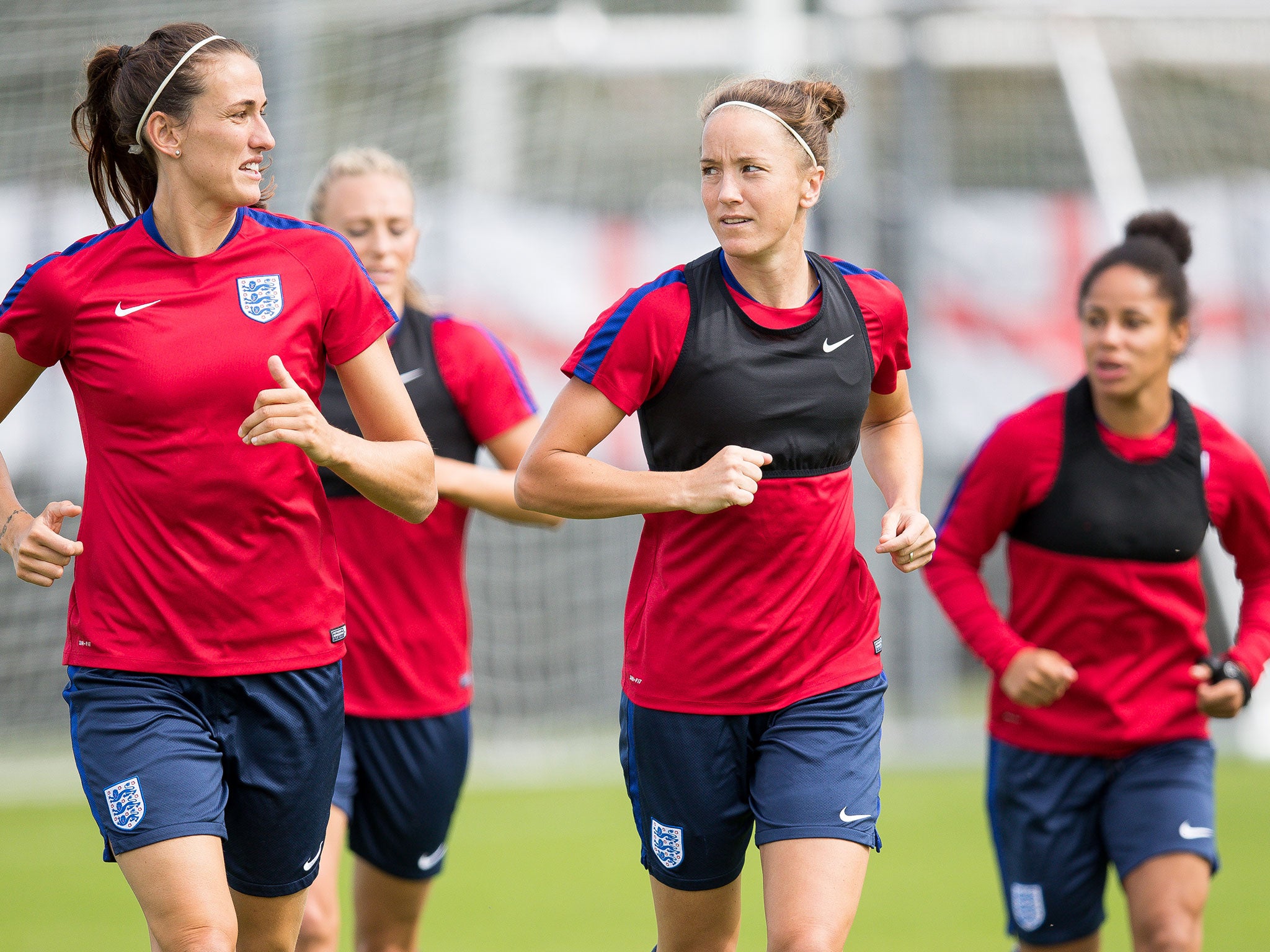
Parfitt explained the mutual benefits of this partnership, stating “this programme helps The FA work towards the goal of doubling participation by 2020 while also creating a great branding opportunity for SSE that is aligned with its core values of transparency, fairness, and community involvement.”
What does this all mean for the professional players, though? Hodge explains: “Commercial opportunity is growing, as are the fees. I would say that as a result of England's success in the World Cup, we've seen more brands entering the market.
“More importantly, these brands aren't necessarily associated with sport which opens women's football up to new markets as a result of matching ambitions; getting active, supporting family values and promoting equality.
“We have seen the likes of Avon partner with Liverpool Ladies and Disney partner with England. These are the partnerships that add value to the women's game; they display female footballers in a different light, reaching new demographics which in turn create household names.”
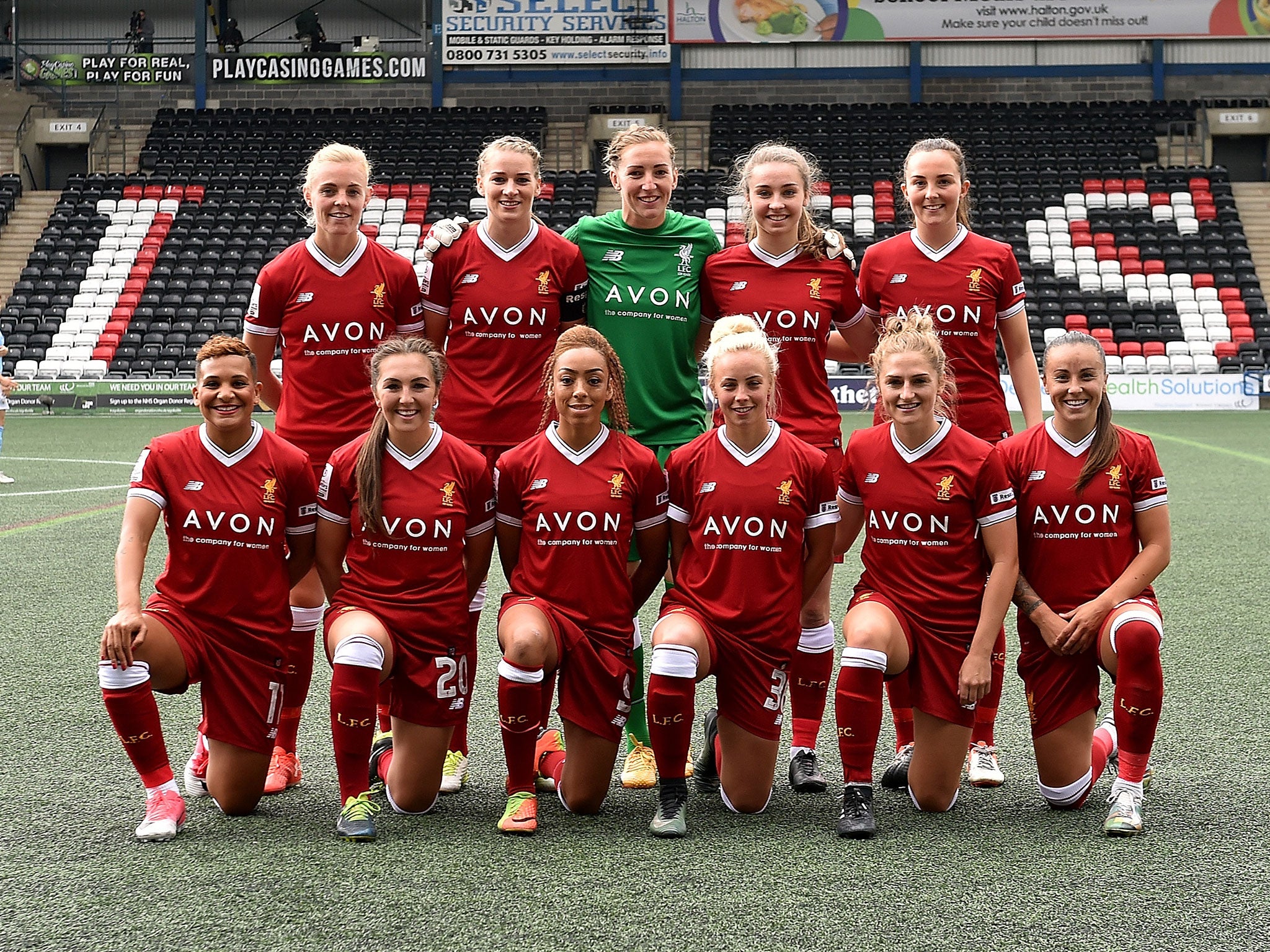
Similar to Parfitt’s position that the unbundling of rights and ensuring that sponsors of women’s football are actively engaged, Hodge mentions that “as much as it’s up to the national team to create success and build on the profile, it’s also up to brands and commercial partners to build on the profile.”
Matthew Buck is the director of player management at the Professional Footballers’ Association and represents dozens of England’s best footballers in both the men’s and women’s game. The PFA’s women’s football clients include a number of England players competing in the Euros, including Steph Houghton, Izzy Christensen, Jodie Taylor, Demi Stokes, Lucy Bronze, and Karen Bardsley. Buck shares a similar view to Parfitt and Hodge in respect of the importance of actively involved sponsors.
Buck specifically highlighted successful national campaigns in the immediate aftermath of the 2015 World Cup - Virgin Media with Steph Houghton and Sainsbury’s with Lucy Bronze - as mutually beneficial partnerships with sponsors that were committed to using women’s football as a launch pad for their brand messaging.
Buck told The Independent: “From my perspective, the commercial opportunities for professional female players in WSL One are increasing, but at a steady rate. Commercial sponsorships are still more directed though the clubs or the league than necessarily as player endorsement deals.
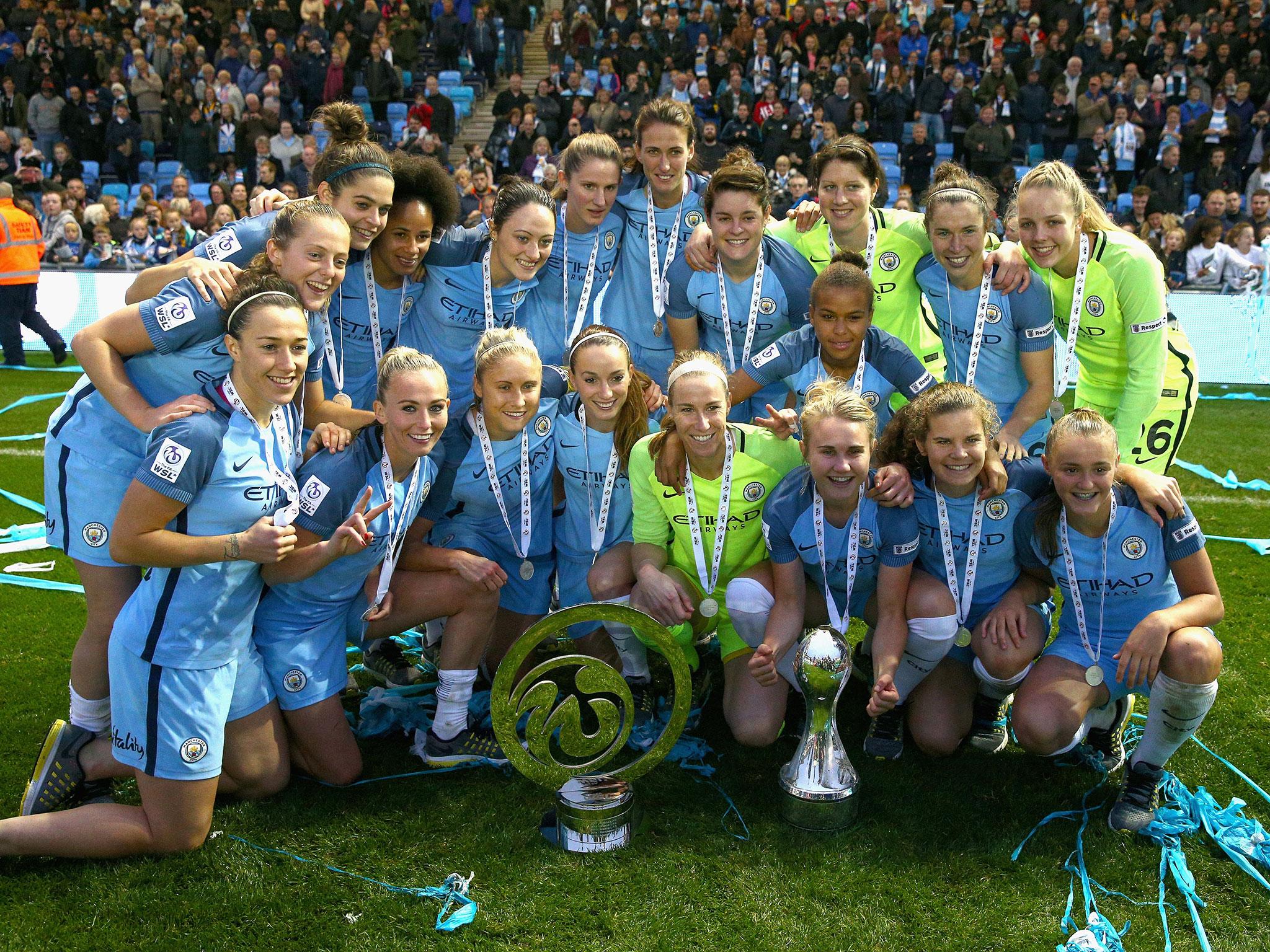
Nike, SSE, Avon, and Nissan to name a few have increased their investment into the women’s game over the past few years. Continental Tyres have supported the WSL League Cup for a number of years. Player sportswear sponsorships are steadily improving, but not all the England team have individual sportswear agreements going into the European Championships.”
Indeed, The Independent is aware of a number of top England players that currently do not have their own boot deals. Despite the demonstrated growth and deserved positivity about the sport’s commercial future, the fact that some England internationals do not have boot deals is a glaring issue and shows that while commercial opportunities have grown quite a bit in a short period of time, there is a long way to go before the full commercial potential is realised.
That said, it provides potential sponsors with a low-risk, high-reward investment and these opportunities should be seized by forward-thinking commercial partners sooner than later.
Buck notes that England’s star players are on television much more frequently than they were two or three years ago, and that “the commercial opportunities and appearances are improving, but not at the rate the women's game needs or deserves.”
Buck mentioned that while WSL matches are often streamed through social media channels such as Facebook Live, traditional broadcasting is a “a key influencing factor in growing commercial opportunities.”
That said, Buck highlighted the ever-increasing importance of players’ presences on social media to commercial opportunities. Several WSL players have large audiences on social media, and “as these figures grow, they will appeal more and more to the corporate market who wish to engage with the follower dynamics of the WSL players. In my experience, female players are generally more accessible to their fan base than male players.”
The players
“The way the women’s game has grown over the last few years has been incredible,” England vice-captain Jordan Nobbs told The Independent.
Nobbs revealed that five or six years ago she was paying to play football, which is common for both young males and females in the United States, but almost unheard of on the male side of football in England. “Having a professional career out of football is an unbelievable feeling,” said Nobbs. She specifically highlighted that a professional footballer is now a potentially viable career path for the best young female players, which is a fairly new development in England, and not one she envisioned as a youth player.
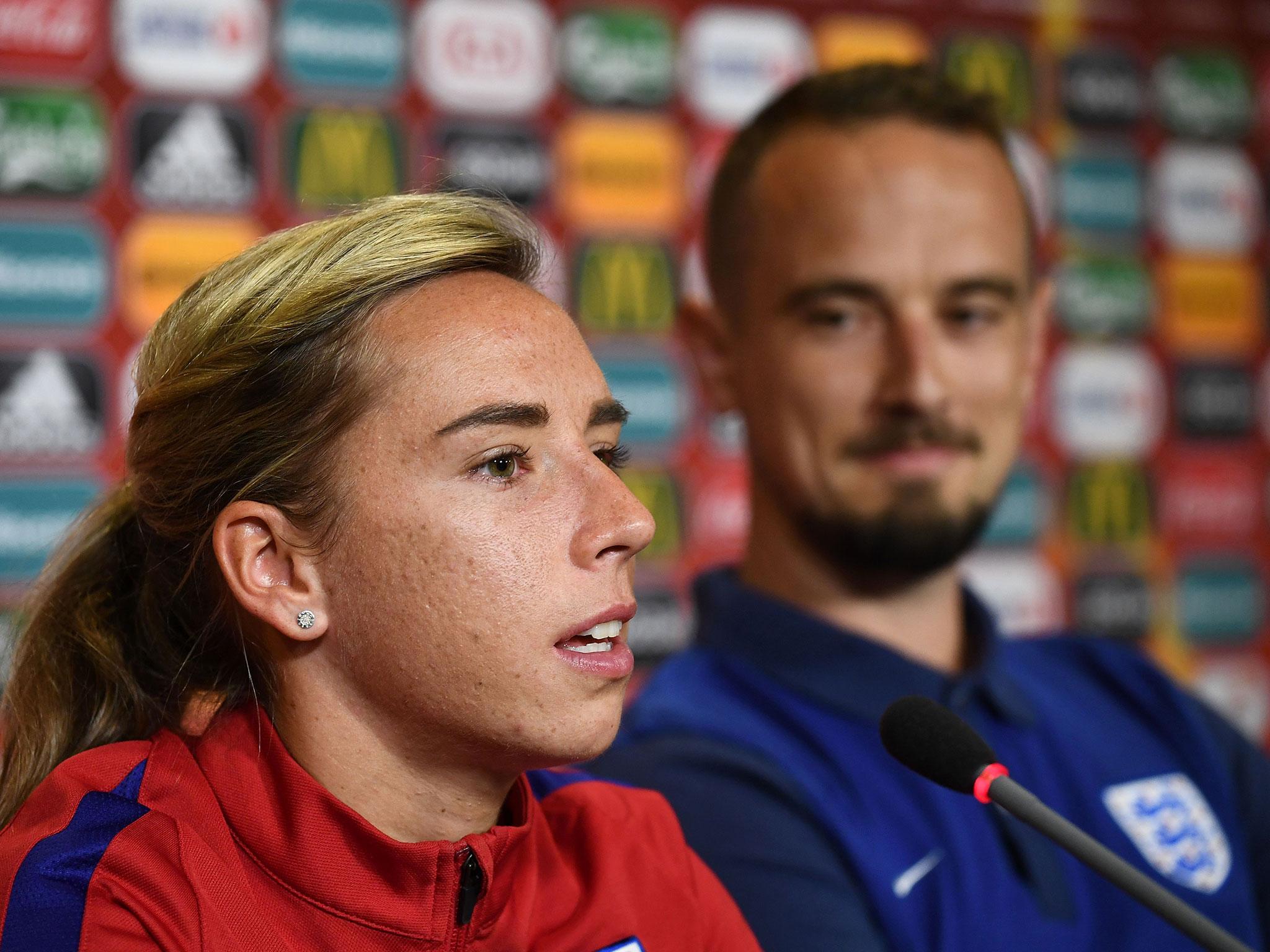
However, Nobbs noted that “by going professional, obviously the income has to increase to allow you to be a professional footballer and develop the women’s game.” Few English players are able to focus exclusively on football and even some England internationals still have part-time jobs outside of football.
The FA is currently pushing for a salary cap for FA WSL players, the details of which remain to be seen, but the financial situation for the players has been steadily improving in recent years.
“The commercial side of things especially has really grown,” said Nobbs, who is sponsored by Nike. Similar to Buck, Nobbs highlighted the impact the media has in the commercial growth of the sport. Naturally, increased media coverage leads to sponsors being more prominently featured, which leads to the value of these sponsorships increasing.
Nobbs also highlighted the importance of England’s success in the World Cup. “It was a changing point in the women’s game. When we got back from such a successful tournament on a world stage, I think every [FA WSL] club doubled in fan base.” Nobbs also noted that the media interest generated by the Lionesses World Cup run hasn’t gone away and that the game has seen increased coverage since then.
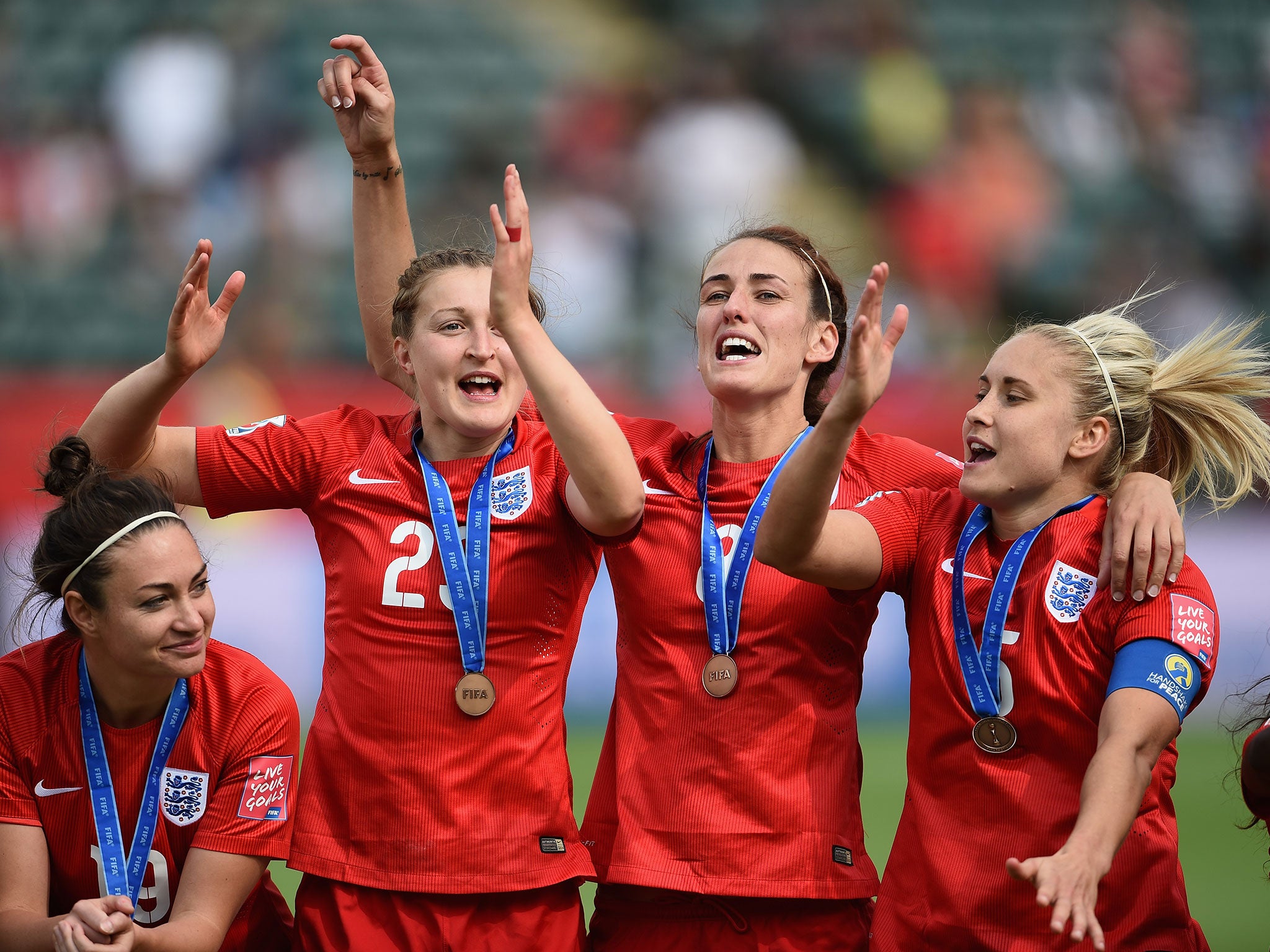
“It was the first time in a long time where [the interest and growth in the sport] didn’t just improve for that year, but it kept improving year after year and I think now that we’ve come to another big major tournament, we can hopefully increase that level of interest again. I think the Euros are another big stepping stone for us not to just do well as a national team, but to push the women’s game all around.”
Common themes that everyone interviewed touched upon was that England’s performance in 2015 was instrumental to the sport’s growth and that it is crucial for sponsors to be actively engaged partners in the sport.
While the focus tonight will naturally be on the pitch, off the pitch, it will be interesting to see how a positive result in the Euros and ensuing efforts by sponsors to capitalise on this in the lead-up to the upcoming FA WSL season will manifest itself, in terms of attendance, media coverage and increasingly lucrative commercial opportunities for the players specifically and for the sport as a whole.
Join our commenting forum
Join thought-provoking conversations, follow other Independent readers and see their replies
Comments